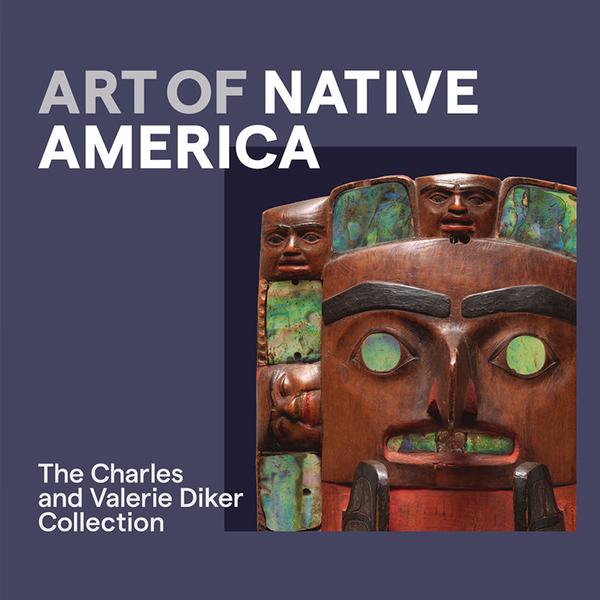Cradleboard
Artwork Details
- Title: Cradleboard
- Date: ca. 1890
- Geography: United States, North or South Dakota
- Culture: Lakota (Teton Sioux)
- Medium: Wood, rawhide, glass beads, native-tanned leather, muslin, brass tacks, silk ribbon, cotton cloth
- Dimensions: Length: 43 in. (109.2 cm)
- Classifications: Wood-Implements, Hide-Implements, Beads
- Credit Line: Collection of Berte and Alan Hirschfield
- Curatorial Department: The Michael C. Rockefeller Wing
Audio

9812: Plains Beadwork
AMBER-DAWN BEAR ROBE: Art and culture is a living and breathing entity and never stuck in a nostalgic past, which I think you can really see in beadwork.
TANTOO: This is Amber-Dawn Bear Robe, an art historian and curator originally from the Siksika Nation in the Plains region of Canada. She notes that beaded works often embrace a multitude of historical, contemporary, personal, and regional influences.
Take a moment to study the details on the beaded piece displayed here – also from the Plains region. Although it’s now shown in a museum, it was made to be used and cherished.
AMBER-DAWN: Each work of art that you see in a museum was made by an individual artist, and the time and the technique and the skill that has been passed down from generations, thousands of years of generations, is unimaginable.
My grandmother was an avid bead worker, bead artist. She beaded all the regalia for my father, my grandfather, myself, and my auntie, and she did not make this beadwork that was something to be sold or to be displayed in a museum. Rather, all the hard work and the technique and the skill and the time and the patience to all the beadwork that she created was for family.
TANTOO: Beadwork remains a rich and expressive practice across many Indigenous cultures today. Amber-Dawn sees firsthand the vast range of beadwork that’s still being created. She organizes one of North America’s largest Indigenous fashion shows, at the annual Southwestern Association for Indian Arts in Santa Fe.
AMBER-DAWN: You will see beadwork that is used for powwow regalia, but you will also see beadwork that is used in high fashion couture designs or big bling-ed earrings and beaded medallions.